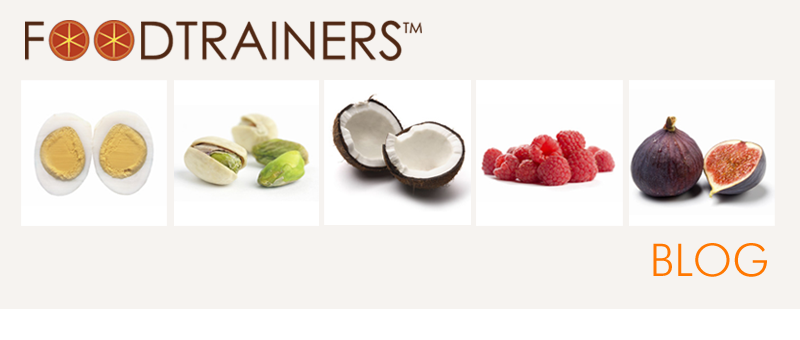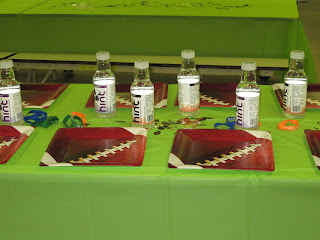Last week my friend’s husband came to retrieve his
son from our apartment. The boys had been at the Ranger game. As M’s friend was
lacing up his high tops (who said boys’ gear was easier?) friend’s husband, who
works with my best friend, asked if I had spoken to her. “Well I guess she’s
away right now, where is she away?” He
was asking about someone very dear to me but I shook my head and said, “I
didn’t know she was away but I don’t really know much that’s happening.” I
could see his confusion, actually I think he thought I had lost my mind but there’s a legit excuse you see my theme song for
months and months has been.
Everyday
Everyday
Everyday I write the book.
Everyday
Everyday
Everyday
Everyday I write the book...
(love this song but enough already)
(love this song but enough already)
I know some people write for a living and churn out
book after book. Other experts, who are more intelligent than I am, use ghostwriters
to reduce time spent. Not me, I thought it would be “fun” to write a book.
Which means weekends were spent here
Writing or oftentimes looking out the window at this
The irony of writing a book with strategies for every food scenario
while being scenario-less.
But today, my theme song will change (not sure to what) but my outfit of
sweatpants, slippers and a cardigan (the unappealing mental image this conjures up isn't as heinous as the real ms) will change to this
 |
| better color in person think more raspberry less cha cha, I promise |
It’s a good thing I have a drastic chapter in the book.
And I don’t think it’s a coincidence that I finished the book on her
birthday, Mrs Fearless would've been 42 this week.
 |
| Still hard to believe but look what you and Dave accomplished. |
The Little Book of Thin is a fear facing moment. I’m rarely proud of
myself and this could be a complete flop but I wrote it. And now I think I want to write another one
(and have an idea) but when I shared it with my support crew. My son who is 11
(tomorrow) said, “wait a minute does this mean you’re going to be inside and mean for
another year?” Hmn
I will be back with more consistent blog posts in April (email me any
topic suggestions or requests). Thank you for sticking with me. In the meantime, excited to read a book, book.
What are
the best books you’ve read lately? What are your favorite nutrition or food
books and why? Can you name that tune I quoted above?














